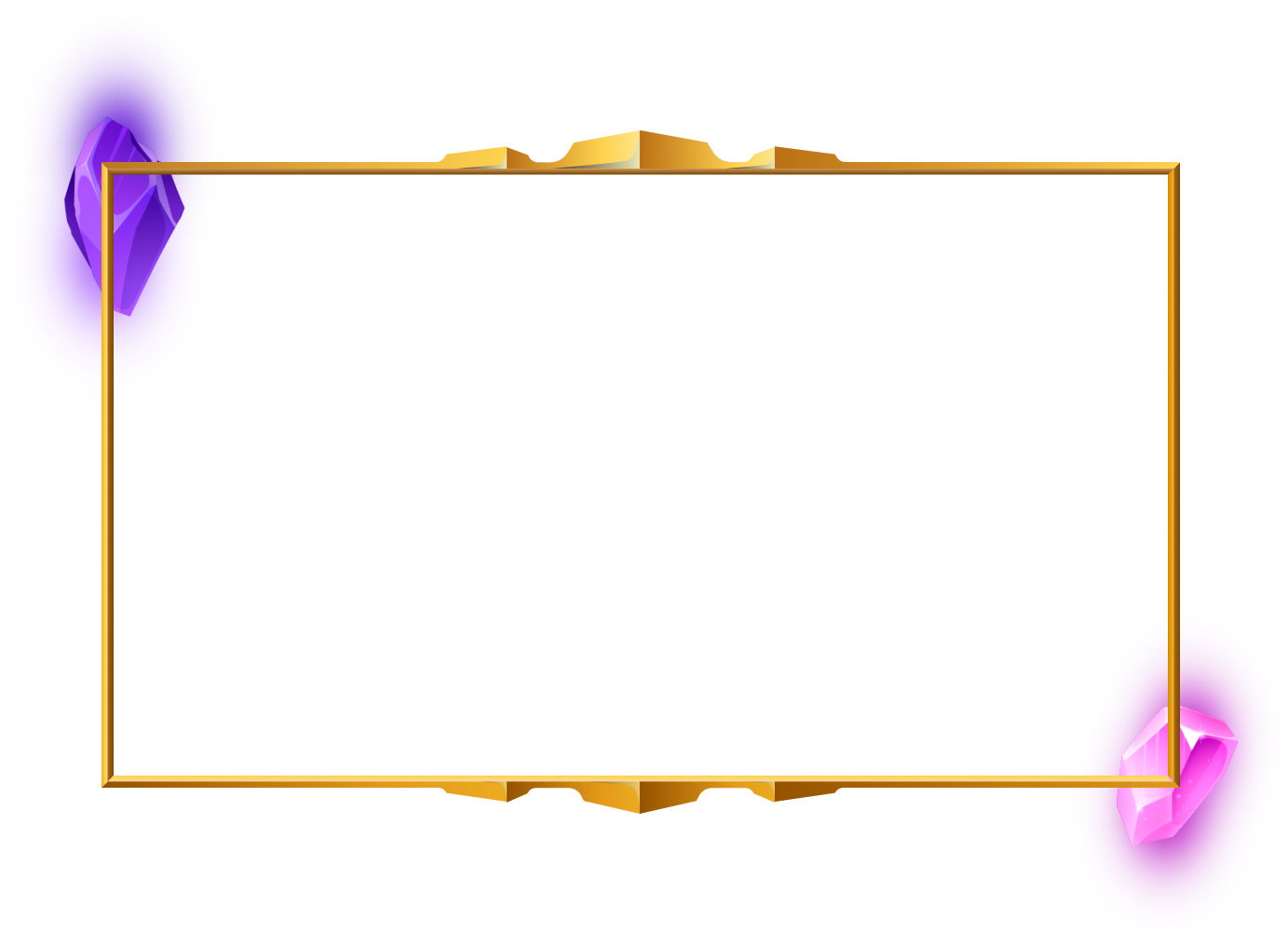You’ve likely heard of swing trading, but what exactly is it? In this guide, we’ll break down this dynamic, low-pressure trading strategy that’s gaining traction among savvy investors.
The flexibility of swing trading allows many traders to maintain a day job while trading the market as a side hustle. It also offers a comfortable middle ground between the stress of day trading and the long-term commitment of buy-and-hold investing. Essentially, swing trading is all about finding the sweet spot, catching trends over several days, and locking in gains while minimizing risk.
Let’s walk through the ins and outs of swing trading, starting with the basics. You’ll get a better idea about what swing trading is and whether it’s the right strategy for you.

What is Swing Trading?
If you’re looking for a trading strategy that offers a practical and versatile approach to the markets, swing trading might just be your answer.
So, what is swing trading? At its core, it’s a trading style that focuses on capturing short- to medium-term price movements in the Forex market. Swing trading strikes a balance between the lightning-fast pace of day trading and the long-term commitment of buy-and-hold investing. You ride the waves of “swing movements” in currency prices. This makes it accessible and appealing to both beginners and experienced traders.
In swing trading, traders enter positions with plans to catch the upswings (when the price rises) and sell the downswings (when the price falls). This happens within a given time frame, which can vary from a few days to weeks. Because of this, swing traders can manage risk effectively. You see, in short-term trading, an asset price changes quite a bit. But over a longer period of time, the trend becomes clearer. As a result, it’s easier to plan an entry.
One of the key factors to help you succeed in swing trading is technical analysis. You should be comfortable using technical tools and indicators to analyze price charts and gauge the strength of trends. This way, you’ll be better able to predict market sentiment and set effective stop-loss orders.
Whether you have a full-time job or are a seasoned trader, this strategy can be tailored to suit many schedules and risk tolerances. In fact, for beginners, it’s can be practical way to engage with the markets.
Pros and Cons of Swing Trading
Considering whether swing trading is for you? Let’s break down the pros and cons to help you decide.
Pros of Swing Trading:
- It’s flexible: The standout benefit of this strategy is its adaptability. With swing trading, you don’t have to constantly monitor the market. So, even if you have a full-time job or other commitments, you can still participate in the Forex market.
- Higher potential for profit: It’s not easy to spot a trend on a 15-minute chart. But when you’re tracking the market for a longer time, the trends become clearer. This makes it easier to capitalize on short- to medium-term price swings.
- You aren’t tied to the screen: Swing trading is flexible. This means you don’t have to stick to your computer screen and analyze charts all day. In fact, the time commitment is quite low compared to day trading.
Cons of Swing Trading:
- Exposure to overnight risk: There can be abrupt market reversals over the weekend or even overnight. Since swing trading involves holding your position for several days, this increases your exposure to overnight risk.
- Technical analysis requires effort: While swing trading can be a good side hustle for beginners, you still need to invest time and effort to understand technical analysis. In addition, to generate profits, traders must be up-to-date on financial news and market movements.
Overall, when it comes to swing trading, you need to be mindful of market volatility, invest time and effort to understand analysis, and maintain emotional discipline.
Swing Trading vs. Day Trading
Both swing trading and day trading are two of the most common trading strategies you can use in the Forex market. In essence, both these strategies have certain similarities. But as the market and trading environments constantly evolve, it’s important to understand how they differ and which strategy suits you best.

How Swing Trading Works
Now that we know what swing trading is, let’s walk through how it works. In general, you can break it down into five steps:
- Do a technical analysis: Any trading has to start with a technical analysis. You’ll need to study the charts to identify trends. Based on this, you’ll then be able to plot support and resistance lines and plan your entry point. Swing traders use several technical indicators to analyze charts, including moving averages and the relative strength index (RSI).
- Identify position sizing: Proper risk management is crucial, no matter the strategy. For this, you’ll need to calculate an accurate position size. This will depend on your risk tolerance and the size of your account.
- Plan your holding period: How long are you planning to hold a trade? Don’t just choose an arbitrary time. It should depend on the strength of the trend so you can ride the price momentum. But remember that the longer you keep your trade open, the longer it’s exposed to market events.
- Manage your trade: Always set profit targets and stop-loss orders before entering a trade to ensure you have a well-defined exit strategy. This will help you lock in gains and limit losses should the market go against you.
- Monitor and adjust: Regularly monitor your open positions, and adjust stop-loss levels and profit targets as the trade progresses. Swing traders must also stay alert to market news and events that may impact their positions.
Swing traders should continuously refine their skills and adapt to changing market conditions to excel in this strategy.
How Day Trading Works
Day traders hold their positions for a very short time, such as one- or five-minute intervals. This fast-paced approach to trading requires a solid understanding of technical analysis. Day traders aim to profit from price changes that occur within the same trading session. Unlike swing traders, they don’t hold positions overnight.
Because day traders focus on very short time frames, they look for even the slightest price movements. These shifts could indicate a small pattern or trend. Basically, they leverage day trading’s unpredictability for a potential profit.
To become a successful day trader, you’ll need to place quick and frequent trades throughout the trading day. This means entering and exiting positions swiftly, with a high level of focus and discipline. For this, you’ll need a well-defined trading plan.
- Scalping is one of the most common day trading strategies. It involves making many tiny trades to capture minuscule profits from each one. Of course, even swing traders sometimes use scalping when the market is range-bound and no clear trend can be seen.
- Following short-term trends is another daytime trading strategy. This involves riding short-lived trends for quick gains and closing positions before the end of the day.
To find success with day trading, you’ll need quick decision-making skills. You must also stay active and alert to follow the micro trends.
Risk and Reward
Both swing trading and day trading have their own set of risks and rewards. As such, traders will find advantages and disadvantages with each.
Swing Trading:
- Rewards: It has a greater potential for larger gains than day trading does. This is because traders hold their positions longer and have a better chance to ride the long-term trend.
- Risks: Exposure to overnight and weekend gaps can lead to unexpected losses. Swing trading can also be emotionally challenging. These traders need patience and discipline to follow this strategy.
Day Trading:
- Rewards: You have a quick profit potential with this strategy. It also works in a range-bound market, where scalpers can take advantage of even the slightest price fluctuations.
- Risks: This is a high-stress trading strategy. You need to make decisions rapidly to avoid losses.
To determine which type of strategy suits you, you’ll first need to understand your risk tolerance, time commitment, and trading style.
Swing Trading Strategies
Now that you know what swing trading is, we’ll give you a toolkit of strategies and patterns that swing traders use to navigate the markets successfully. Whether you’re an aspiring trader or a seasoned investor, these techniques can help you make informed decisions.
There are several swing trading strategies, each with its own unique traits, risk profiles, and potential rewards. This means you’ll need to tailor your approach to the market with each strategy.
Momentum-Based Approaches
Simply put, in momentum trading, you look at how the price of an asset is moving, both upward and downward. This strategy goes against the popular trading belief, “buy low, sell high.” Instead, traders who follow this strategy believe that money can be made by buying high and selling higher.
This means they don’t wait to buy under-priced stocks and hope the market will re-evaluate them. Instead, they buy winners and choose to ride their momentum. This strategy can also work in a downtrend by short-selling currency pairs.
To profit from this strategy, you’ll need to focus more on technical analysis rather than fundamental analysis. But if you trade with a margin of safety, then momentum investing may not be for you.
Support and Resistance Trading
Support and resistance trading is a fundamental strategy in swing trading. The support (lower point) and resistance (higher point) levels are key points where the price often encounters obstacles or barriers. This means the price keeps seesawing between these two levels.
You can think of support as a floor that prevents the price from falling further. It’s a level where buying interest exceeds selling pressure. Traders often buy at the support level because the price tends to bounce upward from there.
Resistance is like a ceiling that prevents the price from rising further. Here, the selling pressure usually outweighs buying interest. This level gives a good opportunity to sell.
Imagine that a currency pair has consistently found support at $50 and resistance at $60. A swing trader might buy near $50, expecting a bounce, and sell near $60, anticipating a pullback. If the price breaks above $60 with strong volume, it could trigger a breakout trade.
You can use support and resistance lines to execute range trading or breakout trading. For range trading, you buy at support levels and sell near resistance levels. This strategy works well in a sideways market.
Breakouts happen when prices breach the support or resistance levels. This signals a potential trend reversal or acceleration. You can use support and resistance lines to enter positions in the direction of the breakout. Place the stop-loss order just below support to limit losses.

Breakout Trading
In breakout trading, traders capitalize on significant price movements beyond established support or resistance levels. The idea is to catch a price breakout, which can signal either the beginning of a new trend or a substantial price movement in the current direction.
To identify breakout opportunities, you must first identify the key support and resistance levels of a currency pair. How long did the price test these levels? The longer a currency pair trades between these margins, the better candidate it is for a breakout. As the price starts consolidating, you’ll notice that various patterns will start to form in the chart. These patterns indicate that a breakout may be coming.
After identifying a breakout, you should wait for a confirmation. Is there any change in the trading volume? A higher trading volume near support or resistance levels can indicate a strong market interest.
Once you’ve confirmed the breakout, don’t enter the trade immediately. The price always comes back to retest. Instead, swing traders should wait for a few hours to see if the breakout momentum is strong. After confirming, you can go long (buy) if the price breaks above resistance, or short (sell) if the price breaks below support.
Finally, breakout trading requires patience, especially for swing traders who need to monitor the breakout trend for a longer time. To trade this strategy successfully, you’ll need to manage your emotions and look at the trade objective using technical analysis.
Set an objective every time you enter a trade, and plan an exit once the objective is achieved. This includes setting take-profit and stop-loss orders.
Trend Following Tactics
Trend following focuses on capturing price movements in the direction of established trends. The key is to identify trends in time and confirm their strength to make better trading decisions.
To identify trends:
- First, inspect the price charts. Look for patterns where the price consistently moves in one direction: upward (bullish) or downward (bearish). Trends can be short-term (days or weeks) or long-term (months or even years).
- Next, draw trend lines on the price chart that connect significant highs or lows. An ascending trend line shows an uptrend, while a descending trend line indicates a downtrend. Breaks of these trend lines can signal trend reversals or continuations.
Indicators such as moving averages can help you confirm trends. A simple moving average (SMA) will give you price data over a specific period and highlight the overall trend for you. For instance, if the short-term SMA (50 days) crosses above the long-term one (200 days), it may indicate an uptrend.
You can also use other indicators, such as the average directional index (ADX), the moving average convergence divergence (MACD), and the relative strength index (RSI). ADX measures trend strength, while MACD and RSI provide momentum and overbought/oversold signals.
Enter a trending trade after the pullback position in an uptrend or a retracement in a downtrend. These positions often present better risk-to-reward opportunities. You should also use trailing stop-loss orders if you think the trend is strong. Trailing stop losses move with the price. This locks in the profit as the trend continues and helps you protect your gains.
Overall, to succeed as a trend trader, you’ll need to confirm the strength of the trend over multiple time frames.
Pattern-Based Approaches
For a pattern-based swing trading approach, you’ll need to analyze price charts closely. You’ll notice several patterns that offer valuable insights into potential trade opportunities, such as head and shoulders, triangles, and flags. Each pattern has its own unique characteristics and implications for price movement.
Moving Averages and Trend Analysis
Moving averages (MA) are a powerful tool used to analyze and confirm trends. They smooth out price data over an extended period. This provides a clear view of the underlying trend and helps filter out short-term noise.
There are two primary types of MAs: simple moving averages (SMA) and exponential moving averages (EMA). SMAs give equal weight to all data points in the chosen period, while EMAs give more weight to recent prices. As a result, EMAs are more responsive to recent market movements.
To identify a trend, see whether the price is above or below the moving average. In an uptrend, the price stays above the moving average; in a downtrend, the price remains below it. A crossover of short- and long-term moving averages, such as a golden cross or a death cross, means a trend reversal is likely.
- A golden cross happens when the short-term moving average crosses above the long-term moving average. This signals a potential uptrend.
- A death cross occurs when the short-term moving average crosses below the long-term moving average. This suggests that the market is moving downward.
What’s more, the moving average convergence divergence (MACD) strategy consists of two key components: the MACD line and the signal line. To calculate the MACD line, subtract the 26-period EMA from the 12-period EMA. This line will tell you the short-term momentum of an asset. The signal line is a nine-period EMA of the MACD line.
When the MACD line crosses above the signal line, it generates a bullish signal. But when the MACD line crosses below the signal line, it means the market is bearish.
Cup and Handle
As the name suggests, this pattern resembles the shape of a teacup and its handle. Its rounded bottom (the cup) is formed by a range-bound price movement.
It happens in a consolidation period, where the price generally moves sideways. This may follow a smaller downward movement (the handle), where the price retraces from the recent high. The handle basically represents a short-term price correction.
The Cup and Handle pattern signals a continuation of an existing bullish trend. It suggests that an asset has experienced a temporary pullback but is poised to resume its upward movement. But this pattern alone isn’t sufficient enough to gauge the trend. It should be used in conjunction with technical indicators such as moving averages, volume analysis, and relative strength indicators.
To trade this pattern, wait for the price to close above the upper trend line of the handle. This breakout serves as a signal that the bullish momentum is likely to continue. To manage risk, place the stop-loss order just below the handle’s low point.

Try Out Swing Trading with The Funded Trader
Swing trading is a versatile approach, as it gives traders an opportunity to profit from short- to medium-term price movements. But as with any strategy, risk management is crucial. Carefully consider stop-loss and take-profit orders to protect your capital and maximize gains. Also, be sure to combine several indicators to gain a comprehensive understanding of the market.
Now that you know what swing trading is, it’s time to test the waters. Use the various strategies and tactics in this guide to make informed trading decisions as you start trading with The Funded Trader (TFT). You could earn an opportunity to become funded.
Try one of our challenges today to join hundreds of funded traders executing swing trading along with various other trading strategies.


























